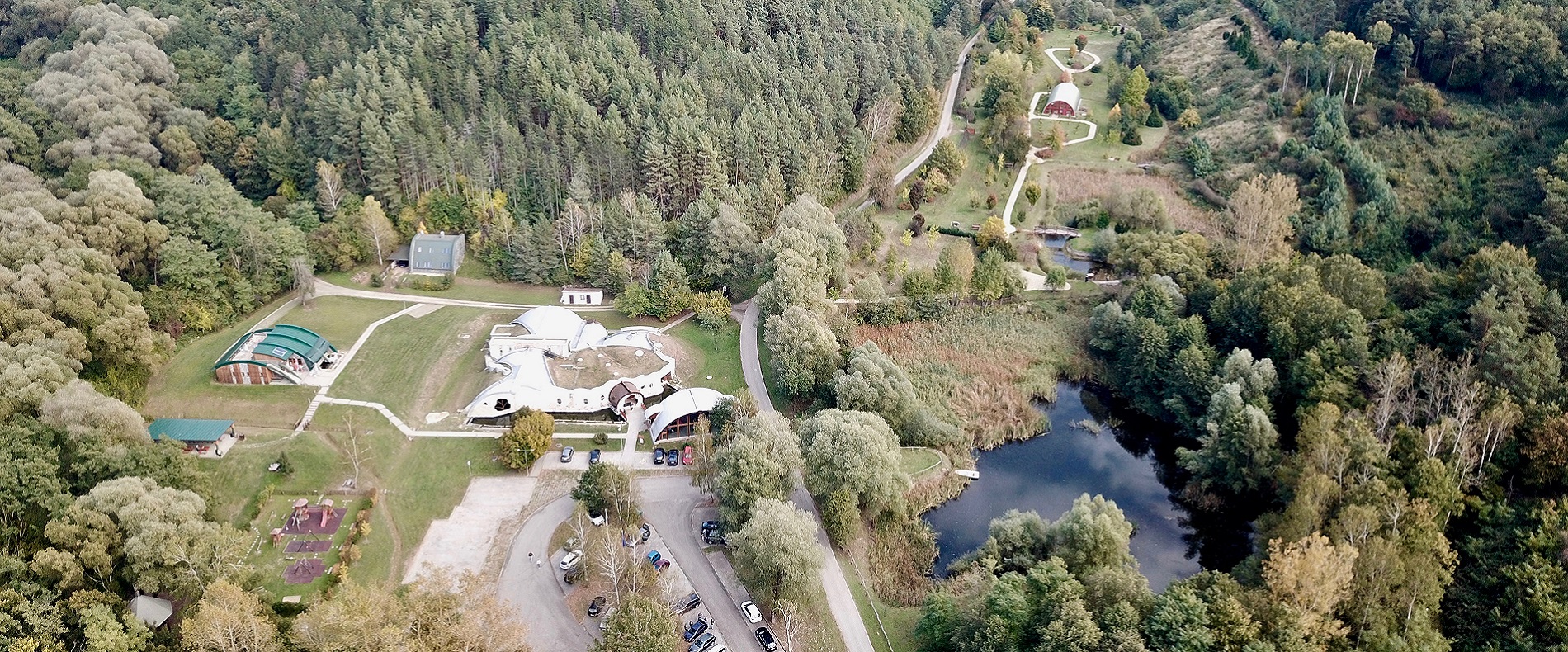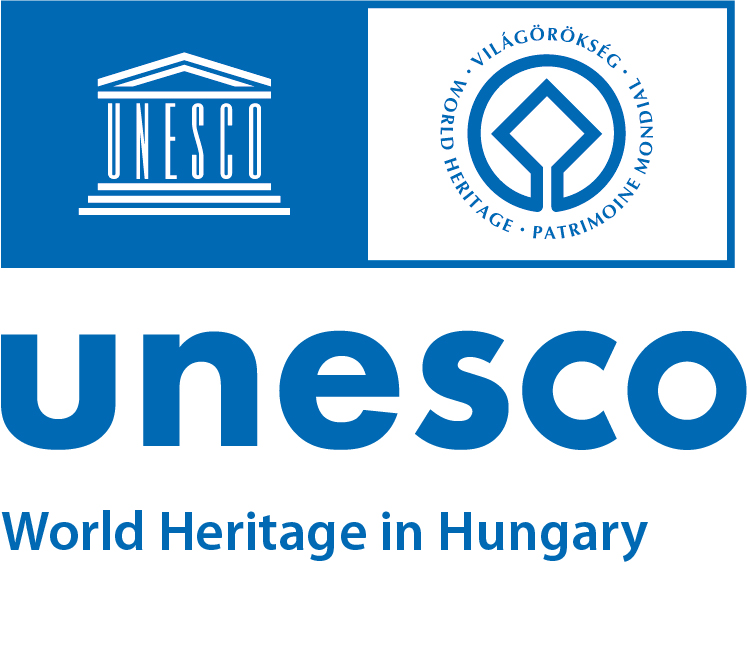
The fossil site of Ipolytarnóc
Nominated in the natural category, the tentative World Heritage Site includes in a comparatively small area an ancient habitat from the Miocene geological epoch, which was buried and thus preserved by a supervolcanic eruption. Since 1928, it has been internationally referred to as the “Pompeii of the Primeval World” by professionals. The geological section made up of formations from 23 million-year-old shallow marine sediment deposits to 17 million-year-old volcanic rocks represent an important part of the Earth’s history from the Neogene geological period, and at the same time indicate the beginning of the Carpathian Basin's creation. It is a rich and important fossil site, where the layer of rhyolitic tuffs preserved the form of the primeval topography, the leaf imprints of the vegetation, the fossilized tree trunks of subtropical forests, as well as the trace fossils of the fauna. The most interesting finds are the shark teeth from the shallow marine sediments, the primeval animal traces, leaf imprints and fossilized trees.
Initiated by the work of Ferenc Kubinyi, the scientific research of the world-famous paleontological site began in 1836. An enormous petrified tree trunk used to form a 42 meter-long stone bridge across a ravine, which had already collapsed before Kubinyi discovered its parts. Those were later identified as the fossilized remains of an almost 100 meter-tall pine tree (Pinuxylon tarnocziense), the largest known one in the world to this day. For the purpose of in situ preservation, a protective structure was built around the tree trunk in the 1860s, so that its remaining parts can still be observed in their original place and position.
Traces of primeval life were discovered next to the big fossilized tree in 1900, and the 18-20 million year-old, diverse shark fauna of the shallow marine sediment was uncovered in 1903. Based on the excavated shark teeth – that locals called petrified bird’s tongues – 16 separate species were identified to this day. The rich marine fauna found on the site also includes the remains of a variety of vertebrates and invertebrates.
The reconstruction of the vegetation was possible based on more than 15 thousand leaf imprints: the flora was dominated by laurel-leaf plants such as the Magnolia mirabilis, the Laurus princeps, or the Litsea ipolytarnocense, a new species named after the settlement itself. The international scientific literature classifies this special laurel-leaf flora in a separate group, which is known as "Florenkomplex Ipolytarnóc".
The bones of terrestrial animals are yet to be discovered, but the impression of their bodies and footprints from 17 million years ago were very well preserved, partly due to the fact that they were swiftly covered after the volcanic eruption. Under the layer of rhyolitic tuffs, the mosaic structure of aquatic and terrestrial habitats that make up the paleontological site were conserved. Up until 2014, the site was believed to be merely a local watering and wading place with a not so impressive fauna (3 thousand footprints from 11 vertebrate species), but the results of recent excavations and research methods, especially the surveys carried out with 3D laser scanners revealed previously undiscovered traces of life and helped the discovery of further trace fossils. All this fundamentally changed the prevailing scientific view. Based on the traces of primeval waders, crocodiles, turtles and varanids, the recorded fauna is likely to be expanded with another 35-40 vertebrate taxa. Traces of bioerosion were also discovered in the area. With these new discoveries, the research of the site continues today using a renewed scientific approach.
The fossilized remains of the Miocene forest also include the 7 million-year-old trees of Bükkábrány that are placed in front of the visitor center. With its interactive exhibitions, the tentative World Heritage Site soon became a hub of regional geoturism, and it is also the gateway to the cross-border Novohrad-Nógrád UNESCO Global Geopark. The site was awarded the European Diploma of Protected Areas as a natural heritage in 1995, and is managed today by the Directorate of the Bükk National Park.
